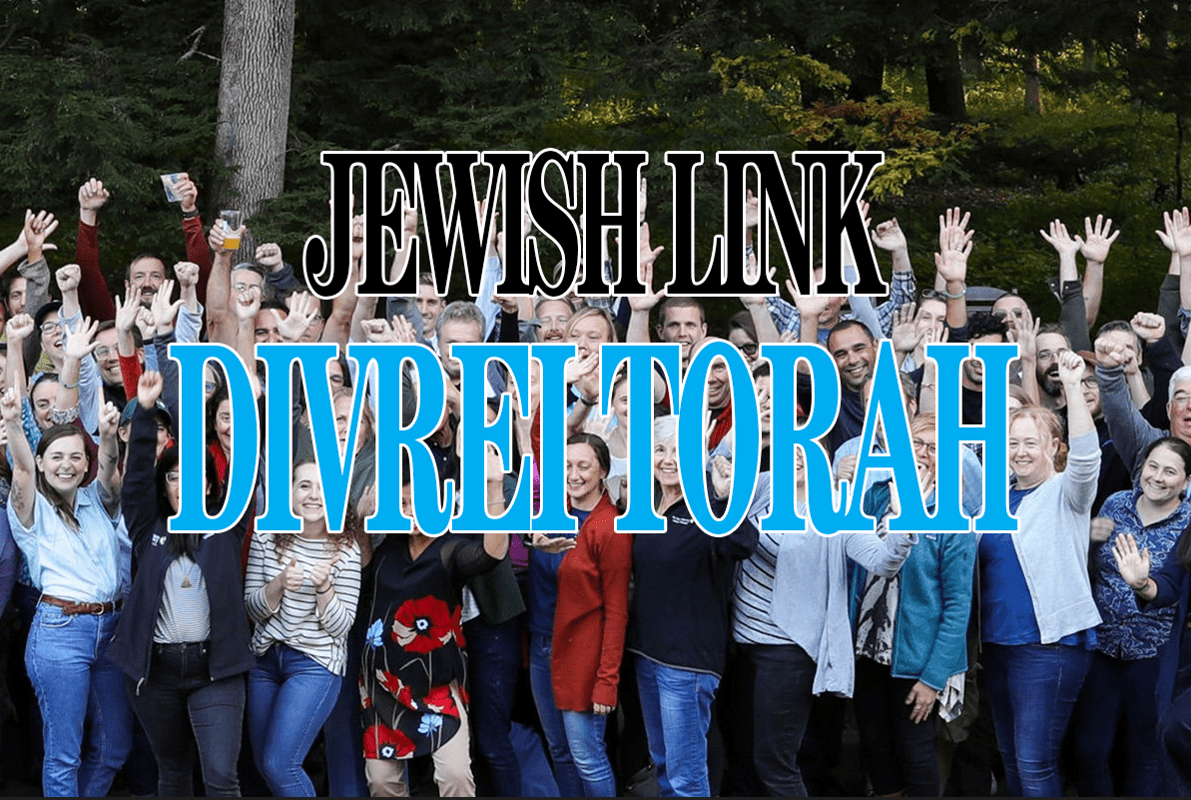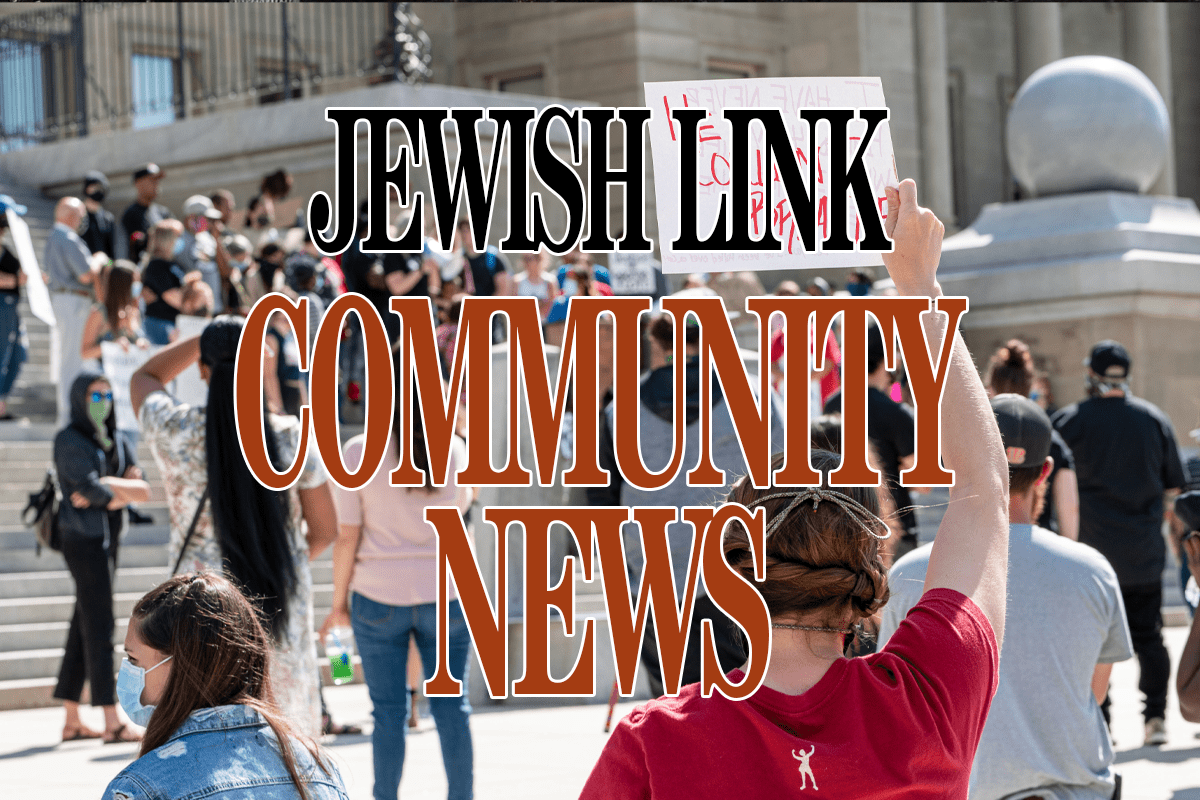Hashem tells Moshe אֱמֹ֥ר אֶל־הַכֹּֽהֲנִ֖ים —“say to the Kohanim,” a set of mitzvot pertaining to them and their work. I find the title of the parsha, אֱמֹ֥ר, fascinating. The title אֱמֹ֥ר—“say,” is strange, because one would think that Hashem would say צוה—“command.” Why doesn’t Hashem command it? Why does Hashem tell Moshe to say to them a list of what seems like laws?
I believe Hashem did not command these mitzvot upon them, rather chose to say it to them because the Kohanim chose their place. When Moshe said—at Har Sinai after the sin of the golden calf—“Who is with Hashem, come to me?!” The Levi’im came to him. Their choice gave them the position in the Mishkan and Beit Hamikdash. It was because they chose, that they were actually chosen by Hashem.
I believe that this is the same with every Jew and not just the Kohanim. When we make that choice to be proud to be a Jew, we will no longer look at the Torah and the laws as burdens and commandments—but, rather, as the loving guidance that our Father teaches us. I bless all of you to follow the law we are given not as a burden and as laws, but as a gift that you want.
By Shira Sedek








